Product Overview
Lipo Burn Capsules are compounded oral formulations that combine multiple pharmacologically active agents-caffeine, phentermine HCl, naltrexone HCl, and methylcobalamin-in a delayed-release enteric matrix (E4M) designed for once-daily administration in adults pursuing medically supervised weight management. The dual-strength offerings, Lipo Burn 3 (100 mg / 20 mg / 8 mg / 1 mg) and Lipo Burn 4 (100 mg / 37.5 mg / 8 mg / 1 mg), allow prescribers to titrate stimulant load and adrenergic tone while keeping the opioid-antagonist and micronutrient components constant. Each capsule is prepared in a registered 503A pharmacy and dispensed pursuant to a patient-specific prescription; it is not FDA-approved and is intended for use only when commercially manufactured alternatives are inadequate or unavailable.[1]
Caffeine supplies rapid central nervous system stimulation and increases sympathetic outflow, supporting resting energy expenditure and perceived alertness. In parallel, phentermine augments catecholamine release to blunt hunger signals, while naltrexone modulates the mesolimbic reward pathway to curb hedonic eating, and methylcobalamin replenishes vitamin B₁₂ stores often depleted during hypocaloric dieting. The compounding process adheres to United States Pharmacopeia (USP) <795> standards, with lot-specific potency testing and microbial assay before release. Finished capsules are packaged in light-resistant, tamper-evident HDPE bottles bearing beyond-use dating that reflects chemical stability data and USP <1079> storage guidance.[2]
Initial therapy typically begins with Lipo Burn 3, taken once each morning at least 30 minutes before the first meal. After 7 to 14 days, patients tolerating the regimen without notable increases in resting heart rate or blood pressure may escalate to Lipo Burn 4 to intensify adrenergic appetite suppression. Clinical monitoring includes weekly blood-pressure checks during the first month and monthly thereafter, with therapy limited to the shortest duration compatible with weight-loss goals.[14]
Phentermine’s maximum cumulative dose should not exceed 37.5 mg per day, and the prescribing information cautions against evening administration to reduce insomnia. Naltrexone content remains 8 mg in both strengths, a dosage selected to minimize gastrointestinal discomfort while sustaining receptor occupancy.[15]
Naltrexone acts as a competitive antagonist at μ- and κ-opioid receptors in the ventral tegmental area and nucleus accumbens. By dampening dopaminergic surges that accompany palatable food intake, it may reduce cravings and diminish reinforcement, thereby complementing phentermine’s adrenergic satiety signaling. Emerging clinical data suggest that low-dose naltrexone, when combined with sympathomimetic agents, yields additive reductions in caloric intake without proportionally increasing adverse events, though randomized trials remain limited.[3]
Methylcobalamin, the co-enzymatic form of vitamin B₁₂, serves as a cofactor for methionine synthase in one-carbon metabolism and for L-methylmalonyl-CoA mutase in odd-chain fatty-acid oxidation. Adequate intracellular B₁₂ supports erythropoiesis, myelin integrity, and mitochondrial ATP production-functions that may mitigate fatigue commonly reported during aggressive caloric restriction. Because gastrointestinal absorption of protein-bound B₁₂ can be impaired in patients on proton-pump inhibitors or metformin, parenteral or high-dose oral methylcobalamin offers a bioavailable alternative.[4]
Phentermine is contraindicated in patients with uncontrolled hypertension, advanced cardiac disease, hyperthyroidism, glaucoma, agitated states, or a history of drug misuse. Concomitant administration within 14 days of monoamine-oxidase inhibitors is forbidden because of the risk of hypertensive crisis; prescribers should verify medication histories before initiation.[5]
Naltrexone should not be dispensed to individuals with current physiological opioid dependence, acute hepatitis, or hepatic failure, as abrupt receptor blockade can precipitate withdrawal or worsen transaminase elevations. Baseline hepatic-panel evaluation is recommended, with repeat testing if malaise, jaundice, or right-upper-quadrant tenderness develops during therapy.[6]
Co-ingestion of caffeine and phentermine produces additive sympathomimetic effects, increasing heart rate and blood pressure more than either agent alone; patients with arrhythmias or poorly controlled hypertension require heightened monitoring or dose reduction.[7]
Phentermine’s pressor activity can interact with serotonergic antidepressants, alcohol, and adrenergic neuron-blocking antihypertensives. Combination with selective serotonin-reuptake inhibitors may potentiate serotonin syndrome, while adrenergic blockers may have attenuated efficacy. Clinicians should stagger dosing or seek alternative agents when clinically feasible.[8]
Phentermine commonly produces insomnia, dry mouth, tachycardia, and transient increases in systolic blood pressure; rare but serious complications include pulmonary hypertension and valvular heart disease, particularly with prolonged or supratherapeutic exposure.[9]
Excess caffeine may cause jitteriness, gastrointestinal upset, and sleep disturbance, with individual sensitivity modulated by CYP1A2 polymorphisms and habitual intake. Persistent overuse can precipitate anxiety and rebound headaches upon withdrawal.[10]
Naltrexone is generally well tolerated at doses below 100 mg daily, but idiosyncratic hepatitis has been reported; routine hepatic monitoring is prudent. Methylcobalamin’s safety margin is wide, though acneiform eruptions and rosacea-like dermatitis have appeared in sporadic case reports.[11]
Phentermine carries FDA Pregnancy Category X status; weight-loss pharmacotherapy offers no clinical benefit during gestation and may disrupt fetal organogenesis. Women of childbearing potential should employ effective contraception, and prescribers must discontinue therapy immediately upon confirmed or suspected pregnancy.[12]
Limited observational data suggest that naltrexone does not significantly increase major congenital anomalies, yet its use for weight management in pregnancy is discouraged because long-term neurodevelopmental outcomes remain unclear. Caffeine intake should be limited to under 200 mg per day, and methylcobalamin requirements may rise, warranting individualized assessment.[13]
USP <1079> classifies compounded solid oral dosage forms as “controlled room-temperature” products; Lipo Burn should be stored at 20 – 25 °C (68 – 77 °F), protected from direct sunlight and moisture.[16]
Gelatin and HPMC capsules equilibrate with environmental humidity; to prevent desiccation or brittleness, keep bottles tightly closed and avoid bathroom cabinets or car gloveboxes. Desiccant packets should remain in the container until the final dose is consumed.[17]
- Encyclopaedia Britannica. (2025). Phentermine. https://www.britannica.com/science/phentermine
- Roldán, S., & García, C. (2024). Pharmacology of caffeine and its effects on the human body. International Journal of Medical Sciences, 12(1), 10-25. [nolink]https://doi.org/10.1016/S2772-4174(24)00010-4[/nolink]
- Cheng, L., & Williams, O. (2024). Naltrexone in eating disorders & weight management. GetNaltrexone.com. https://getnaltrexone.com/eating-disorders
- Watson, R. R. (1997). The coenzyme forms of vitamin B12: Toward an understanding of their therapeutic potential. Alternative Medicine Review, 2(6), 459-469. http://altmedrev.com/wp-content/uploads/2019/02/v2-6-459.pdf
- Phentermine.com. (2024). Phentermine contraindications & warnings. https://www.phentermine.com/phentermine-contraindications/
- Cheng, L., & Williams, O. (2024). Naltrexone contraindications & precautions. GetNaltrexone.com. https://getnaltrexone.com/contraindications
- Drugs.com. (2025). Caffeine and phentermine interactions. https://www.drugs.com/drug-interactions/caffeine-with-phentermine-450-0-1851-0.html
- GoodRx. (2024). Common phentermine drug interactions to avoid. https://www.goodrx.com/phentermine/interactions
- SingleCare. (2023). Phentermine side effects and how to avoid them. https://www.singlecare.com/blog/phentermine-side-effects/
- Dowlat, A. (2023). Understanding caffeine side effects. Verywell Mind. https://www.verywellmind.com/what-are-the-side-effects-of-caffeine-21847
- AddictionResource.net. (2021). Liver damage from taking naltrexone. https://www.addictionresource.net/mat/naltrexone/side-effects/liver-damage/
- Drugs.com. (2023). Phentermine use during pregnancy. https://www.drugs.com/pregnancy/phentermine.html
- Stewart, C., & Terplan, M. (2019). Naltrexone use in pregnancy: A time for change. American Journal of Obstetrics and Gynecology, 221(1), 19-23. https://doi.org/10.1016/j.ajog.2019.03.015
- MedicalHubNews. (2025). Naltrexone and phentermine together: Unlocking the power of combined therapy. https://medicalhubnews.com/drugs/weight-loss-drugs/phentermine/naltrexone-and-phentermine-together-unlocking-the-power-of-combined-therapy/
- Phentermine.com. (2024). Phentermine package insert: Prescribing information. https://www.phentermine.com/phentermine-prescribing-information/
- Helmer Inc. (2024). USP Chapter 1079 outlines good drug storage and shipping practices. https://www.helmerinc.com/articles/usp-chapter-outlines-good-drug-storage-and-shipping-practices
- Capsule Supplies. (2025). Capsule storage guidelines. https://capsulesupplies.com/pages/capsule-storage-guidelines
- UC Davis Health. (2023). Q&A: What effect does caffeine have on your heart? https://health.ucdavis.edu/news/headlines/qa-what-effect-does-caffeine-have-on-your-heart/2023/12
- National Institutes of Health, Office of Dietary Supplements. (2024). Vitamin B12: Fact sheet for health professionals. https://ods.od.nih.gov/factsheets/VitaminB12-HealthProfessional/
- Svea, A. (2024). Methylcobalamin vs. cyanocobalamin: A dietitian explains. Verywell Health. https://www.verywellhealth.com/methylcobalamin-vs-cyanocobalamin-8423403
- American Pregnancy Association. (2025). Caffeine intake during pregnancy. https://americanpregnancy.org/healthy-pregnancy/pregnancy-health-wellness/caffeine-intake-during-pregnancy/
- Bartels, K. (2025). Can you drink coffee while pregnant? Verywell Health. https://www.verywellhealth.com/can-you-drink-coffee-while-pregnant-8769858
- U.S. Food & Drug Administration. (2012). Adipex-P (phentermine hydrochloride) capsules: Label. https://www.accessdata.fda.gov/drugsatfda_docs/label/2012/085128s065lbl.pdf
- Besraa, R., et al. (2023). Kinetics of vitamin B12 thermal degradation in cow’s milk. Food Research International, 173, 112432. [nolink]https://doi.org/10.1016/j.foodres.2023.112432[/nolink]
- Health.com. (2025). How many cups of coffee is too much? https://www.health.com/condition/heart-disease/how-much-coffee-is-too-much
- U.S. Food & Drug Administration. (2016). Pharmacy compounding of human drug products under section 503A of the FD&C Act: Guidance for industry. https://www.fda.gov/media/94393/download
- Bannan, K. (2025). Do vitamins expire? Understanding shelf life and safety. Health.com. https://www.health.com/do-vitamins-expire-8777519
What benefit does caffeine provide in Lipo Burn?
Caffeine accelerates thermogenesis and enhances alertness, potentially amplifying phentermine’s satiety effects.[18]
Why include methylcobalamin instead of standard cyanocobalamin?
The co-enzyme form requires no hepatic conversion and supports neurologic function during calorie restriction.[19]
Are other vitamin B₁₂ forms interchangeable?
While both forms correct deficiency, methylcobalamin may offer superior neuronal uptake, but evidence is mixed.[20]
Is any caffeine safe during pregnancy if a patient conceives while taking Lipo Burn?
Total daily caffeine should not exceed 200 mg, and Lipo Burn therapy should be discontinued promptly.[21]
Could occasional coffee be allowed if therapy is stopped?
Moderate coffee intake within the 200 mg limit appears acceptable under medical guidance.[22]
May patients on MAOIs ever use Lipo Burn?
No; phentermine must not be administered within 14 days of any MAOI owing to hypertensive risk.[23]
Does cooking food degrade the methylcobalamin obtained from diet?
Vitamin B₁₂ is heat-labile, and prolonged high-temperature cooking can markedly reduce its content.[24]
What is the maximum daily caffeine exposure recommended while on Lipo Burn?
Total consumption from all sources, including the capsule, should stay below 400 mg for most adults.[25]
What does 503A status signify?
It designates preparation by a state-licensed pharmacy for an identified patient under section 503A of the FD&C Act, exempting the product from pre-market approval but mandating prescription-specific compounding.[26]
How long can the capsules be kept once dispensed?
When stored correctly, potency is expected through the labeled beyond-use date, but vitamins may gradually lose strength after prolonged storage.[27]
Disclaimer: This compounded medication is prepared under section 503A of the U.S. Federal Food, Drug, and Cosmetic Act. Safety and efficacy for this formulation have not been evaluated by the FDA. Therapy should be initiated and monitored only by qualified healthcare professionals.
503A vs 503B
- 503A pharmacies compound products for specific patients whose prescriptions are sent by their healthcare provider.
- 503B outsourcing facilities compound products on a larger scale (bulk amounts) for healthcare providers to have on hand and administer to patients in their offices.
Frequently asked questions
Our team of experts has the answers you're looking for.
A clinical pharmacist cannot recommend a specific doctor. Because we are licensed in all 50 states*, we can accept prescriptions from many licensed prescribers if the prescription is written within their scope of practice and with a valid patient-practitioner relationship.
*Licensing is subject to change.
Each injectable IV product will have the osmolarity listed on the label located on the vial.

Given the vastness and uniqueness of individualized compounded formulations, it is impossible to list every potential compound we offer. To inquire if we currently carry or can compound your prescription, please fill out the form located on our Contact page or call us at (877) 562-8577.
We source all our medications and active pharmaceutical ingredients from FDA-registered suppliers and manufacturers.

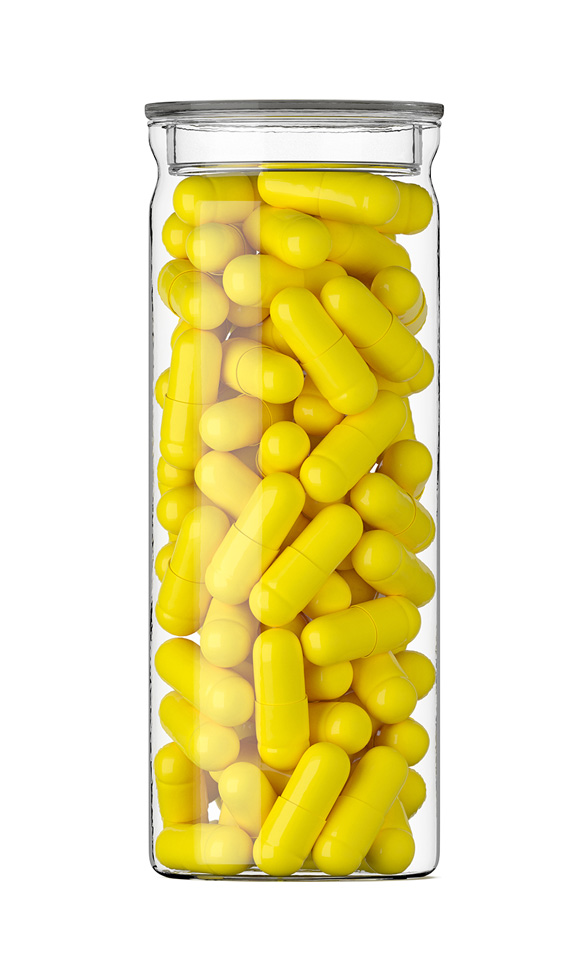
 Phentermine HCl / Topiramate Capsules
Phentermine HCl / Topiramate Capsules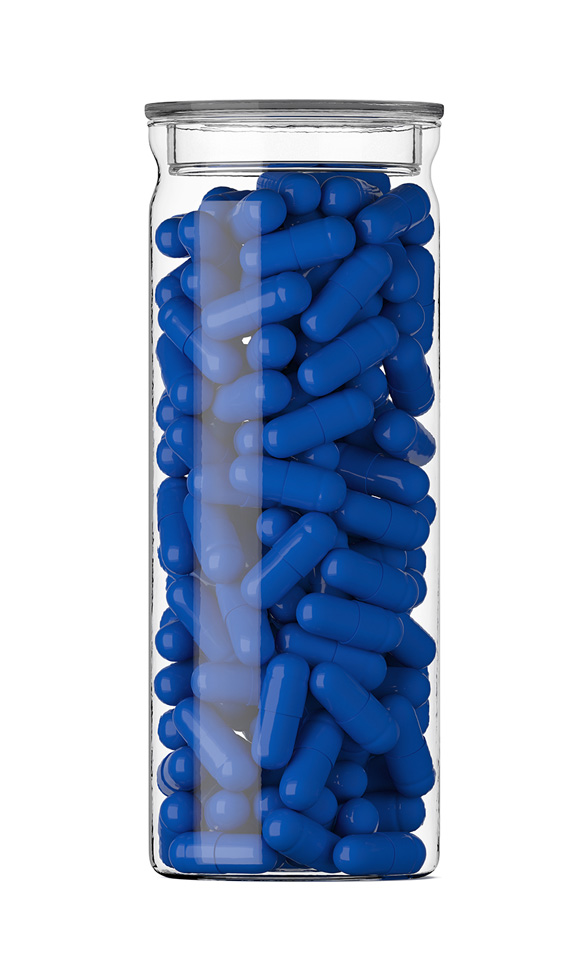 Phentermine HCl Capsules
Phentermine HCl Capsules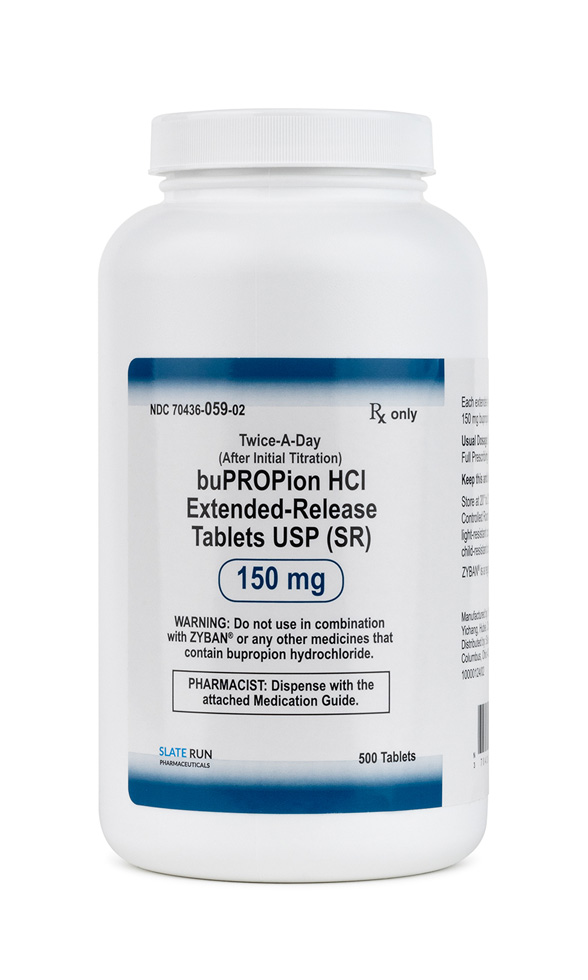 Bupropion HCl SR Tablets
Bupropion HCl SR Tablets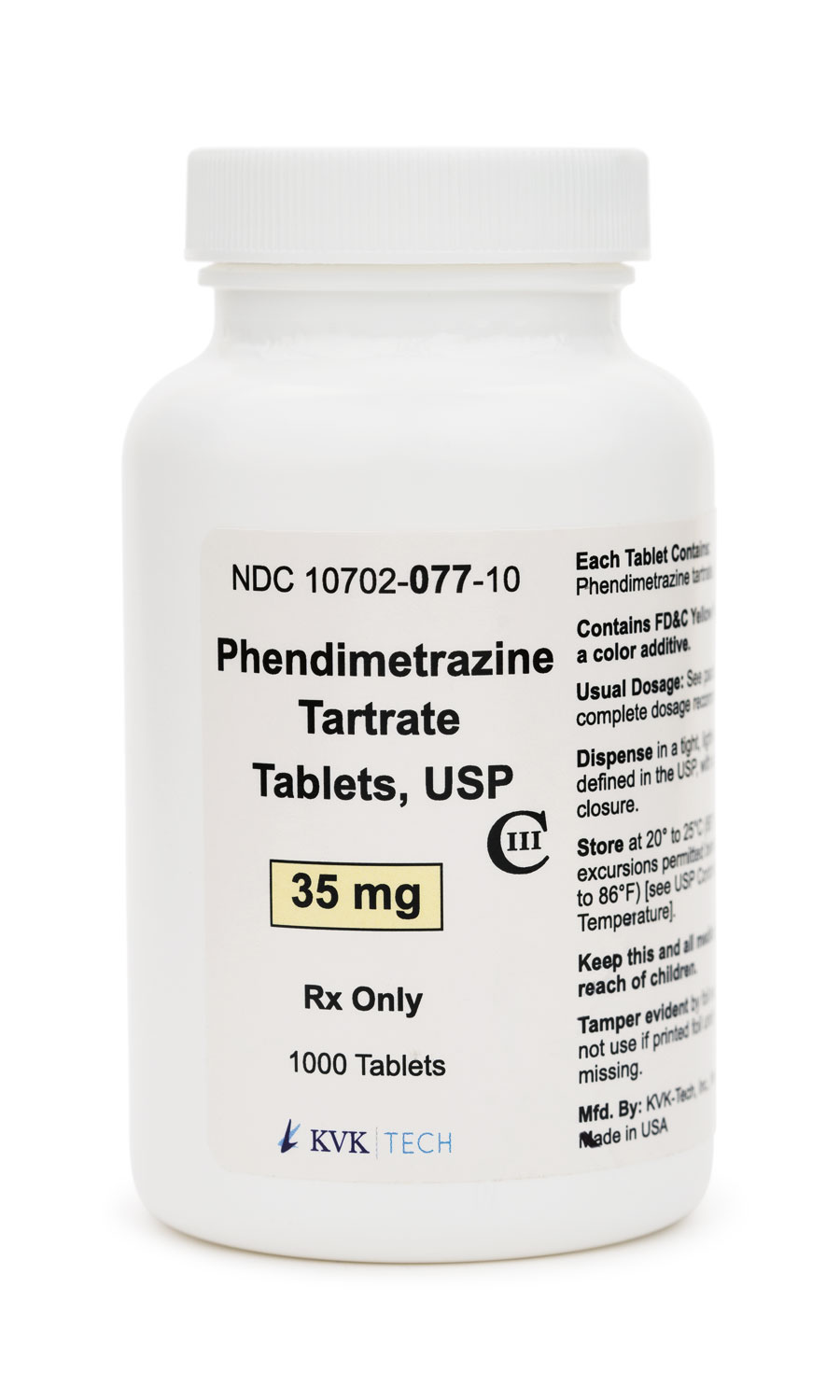 Phendimetrazine Tartrate Tablets
Phendimetrazine Tartrate Tablets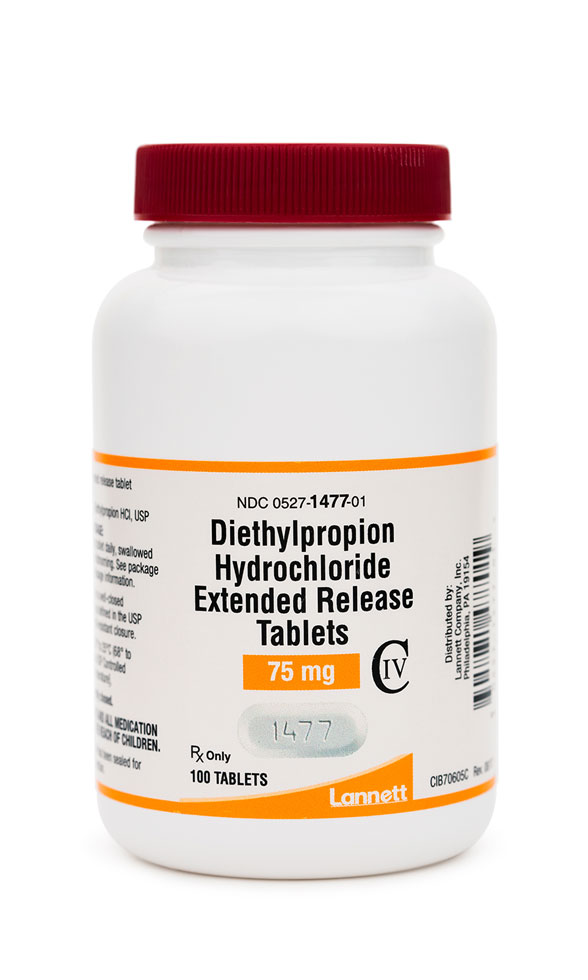 Diethylpropion HCl Tablets
Diethylpropion HCl Tablets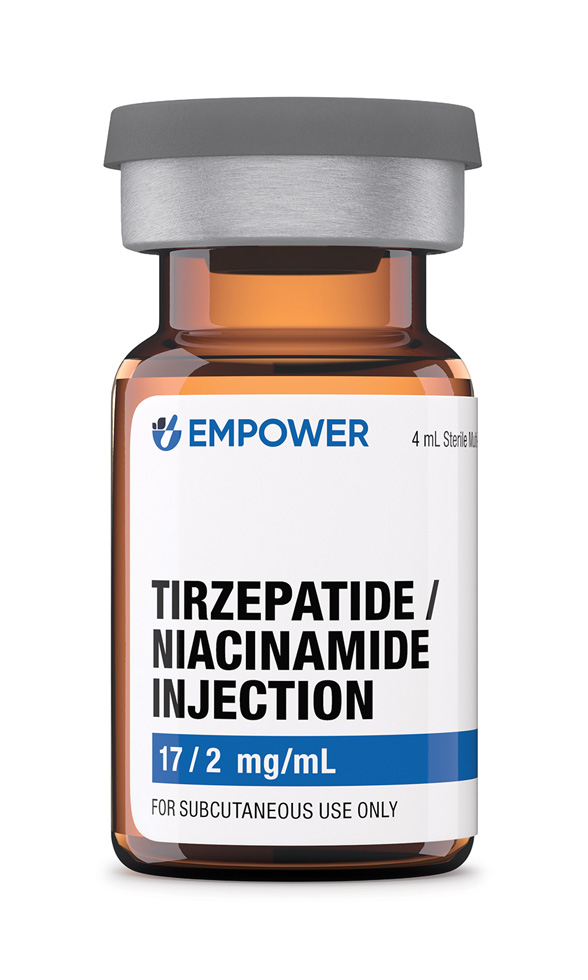 Tirzepatide / Niacinamide Injection
Tirzepatide / Niacinamide Injection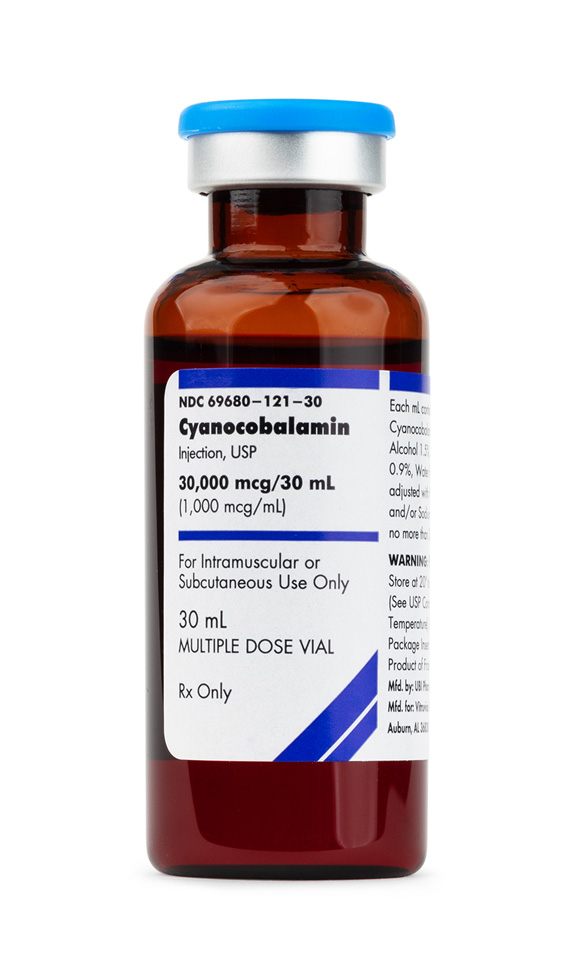 Cyanocobalamin (Vitamin B12) Injection
Cyanocobalamin (Vitamin B12) Injection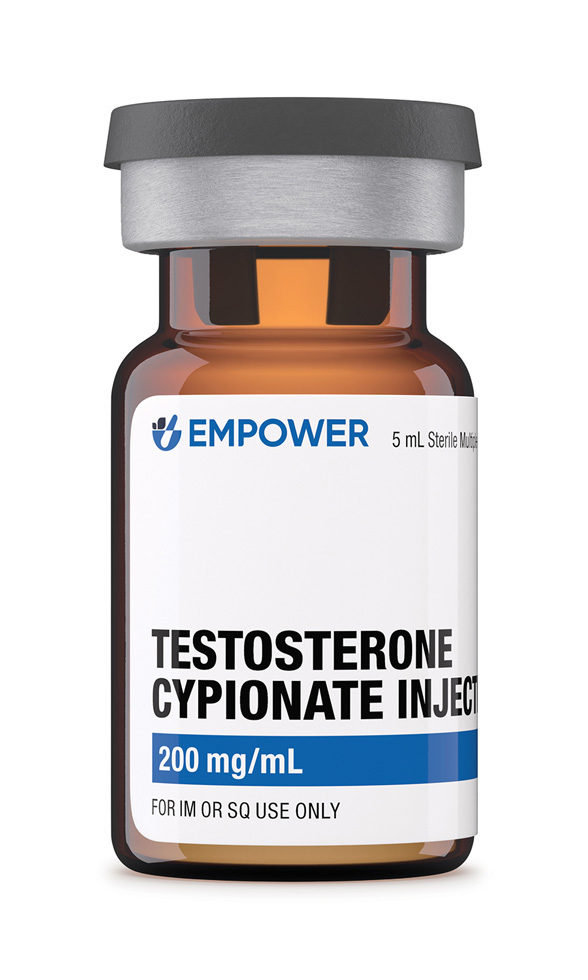 Testosterone Cypionate Injection
Testosterone Cypionate Injection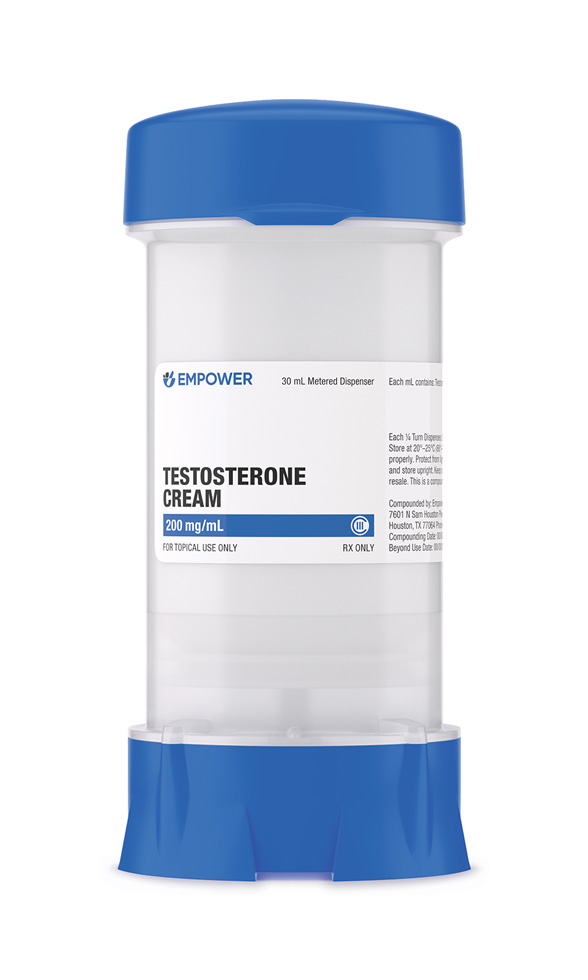 Testosterone Cream
Testosterone Cream